Heritage education is gradually becoming an important part of the curriculum in Vietnamese schools. This is not only about providing knowledge about history and culture but also a journey to connect the younger generation with the past, fanning the flames of patriotism and national pride. With unique initiatives, many museums and historical sites have succeeded in bringing heritage into teaching, making heritage more vivid and closer to the younger generation.
At the Hue Museum of Royal Antiquities, the “Heritage Education” program is not only a place to learn but also offers an exciting journey of experience. From October 2023 to April 2024, the museum organized more than 50 heritage education programs for nearly 5,000 students, creating a playground that is both academic and entertaining. Royal games such as Xam huong, Bai vu, and Dau ho—which were the pastimes of the Nguyen Dynasty’s aristocracy—not only help students learn more about history but also revive the ancient royal atmosphere. These games have made the learning space lively, intimate and exciting for participants, thereby inspiring them about the importance of preserving and promoting heritage values.

In addition, the Temple of Literature – Quoc Tu Giam in Hanoi is also a typical example of turning heritage into a real learning environment. Since 2018, the Temple of Literature has implemented a series of heritage education topics to introduce students to the cultural values of Vietnamese Confucianism. With the “Heritage Experience Area”, students not only listen to historical stories but also directly participate in practical activities such as group discussions and exploring artifacts. This helps them both expand their knowledge and develop important soft skills. The combination of theory and practice has opened up a new educational method, making heritage an integral part of
Inviting artisans and heritage experts to teach directly has also brought positive impacts. At the Temple of Literature – Quoc Tu Giam, students have the opportunity to listen to experts talk about the cultural values and precious artifacts being preserved at the relic site. Through these inspiring stories, students are not only imparted knowledge but also have a deeper understanding of the role of heritage in modern life. This approach has created a link between theory and practice, between books and life, thereby highlighting the importance of heritage conservation.

Another important factor is the coordination between schools, families and communities in heritage education. At the Hue Royal Antiquities Museum, many heritage education programs have attracted not only students but also parents. Through visiting the museum and experiencing royal games, families have had precious moments of bonding, together learning about the cultural heritage of their homeland. This is also a way for students to expand their knowledge while helping families and communities join hands to preserve the precious cultural values of the nation.
However, heritage education in Vietnam still faces many challenges. In the context of modern society, when information technology is developing strongly and modern culture is increasingly widespread, bringing heritage into education requires creative innovations. Some schools have begun to apply digital tools such as videos, interactive images and virtual reality, helping students approach heritage in a more vivid and interesting way. These are necessary steps to create a bridge between tradition and modernity, between past heritage and present life.
In general, heritage education does not stop at imparting knowledge, but becomes a journey to build love for culture, national pride and a sense of responsibility for heritage. Efforts from museums, monuments, schools and communities are gradually creating a generation of students who have a deep understanding of heritage, and know how to appreciate and protect those precious values. Heritage is not a dormant memory of the past, but a solid foundation for a bright future.
With initial successes, heritage education in Vietnam needs to continue to be promoted, expanded in scale and innovated in methods. The harmonious combination of theory and practice, tradition and technology, together with the cooperation of schools, families and communities will be the key to helping heritage become a vibrant part of school life, thereby fostering love for the country in the younger generation. Heritage, although it belongs to the past, always has a living value, shaping the future.
Hoang Anh













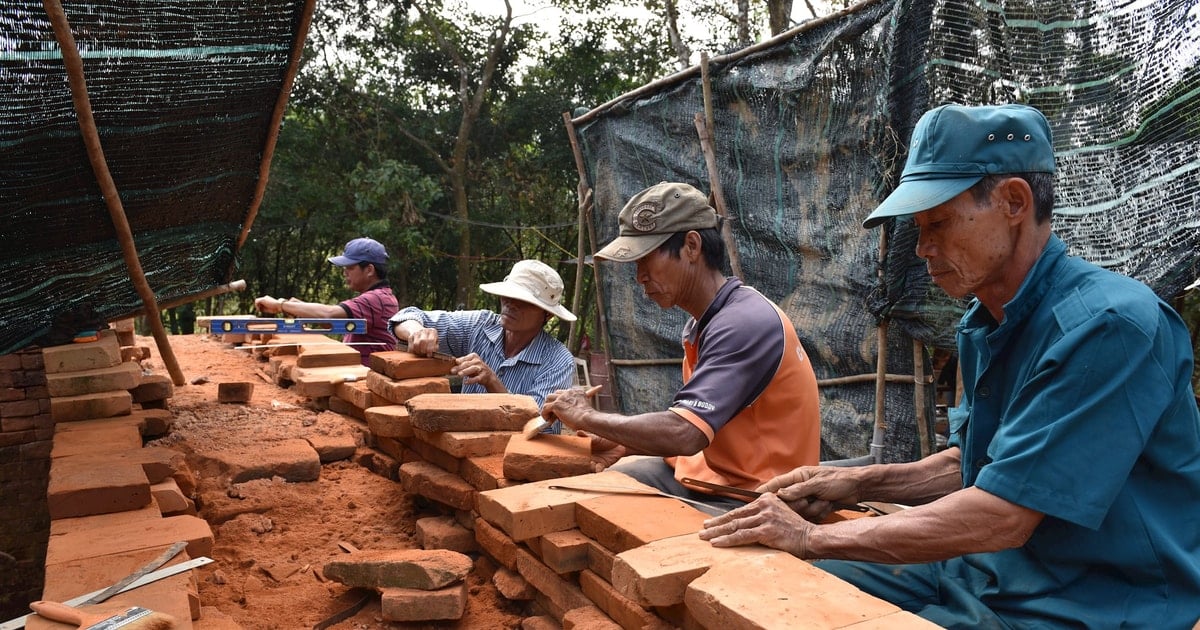
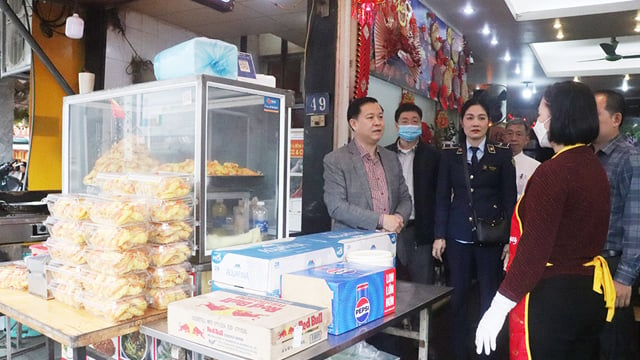

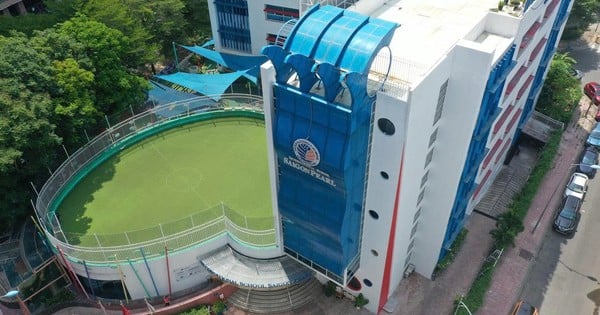






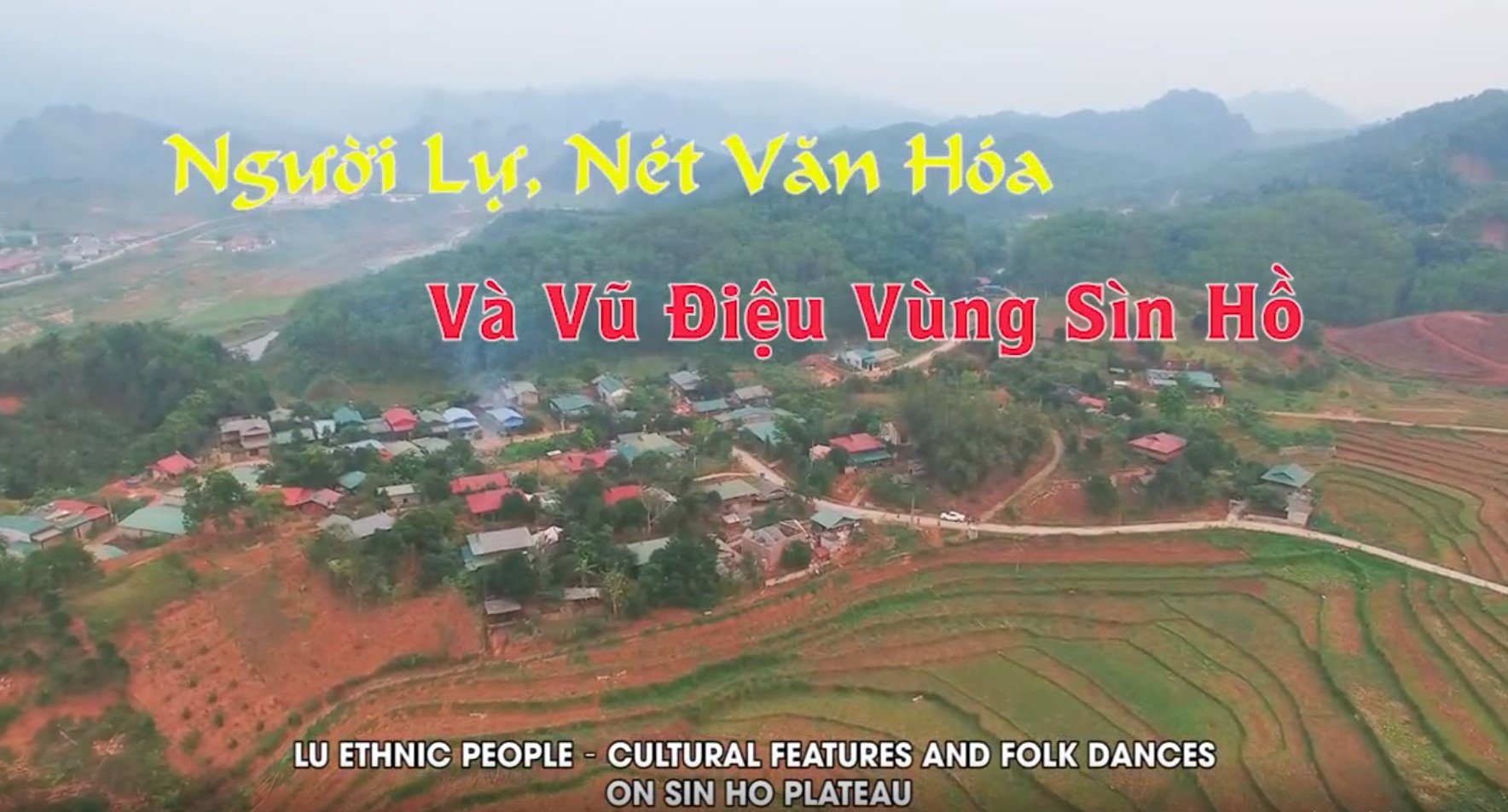



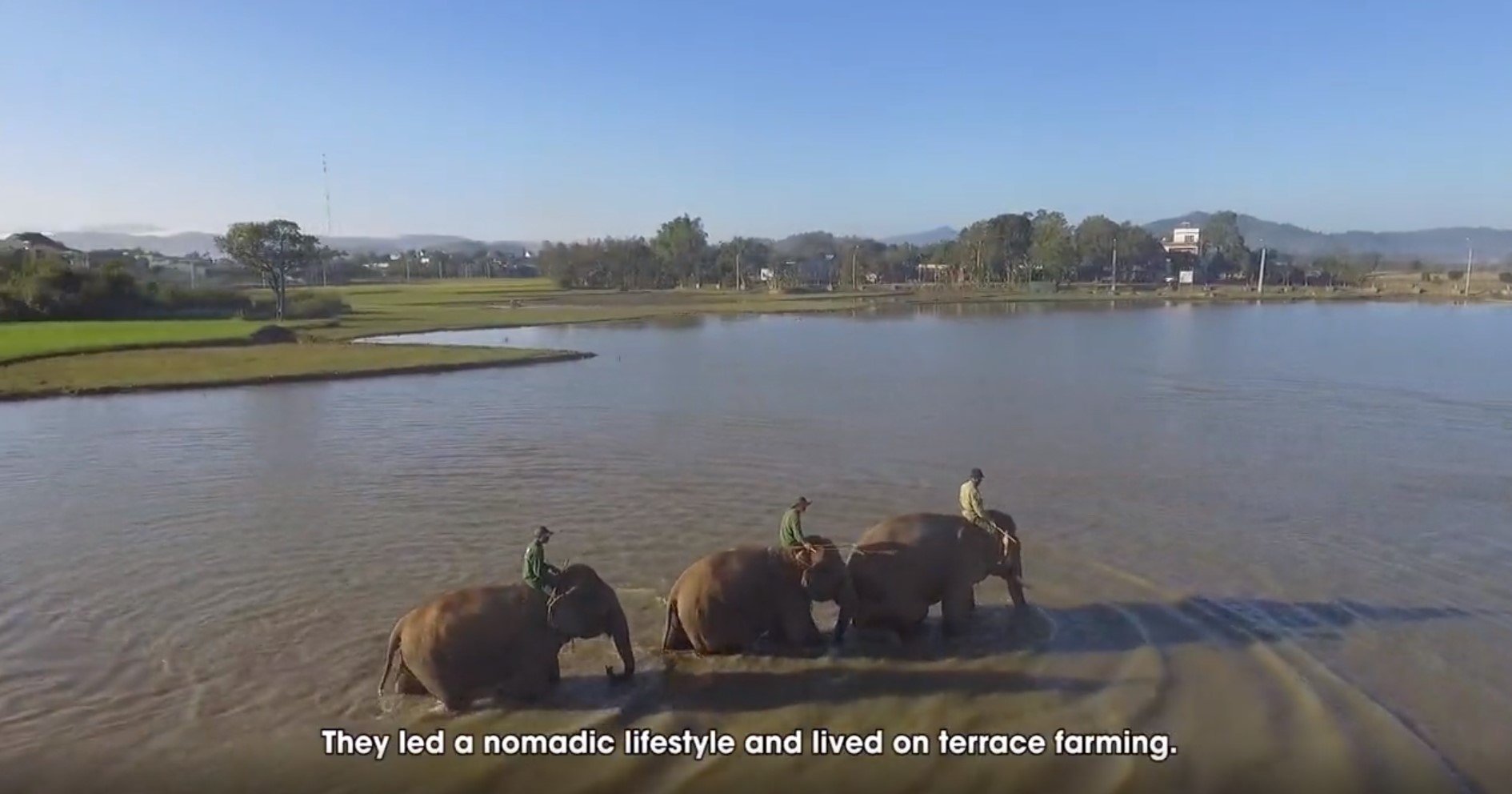







![[Photo] Prime Minister Pham Minh Chinh chairs Government Conference with localities on economic growth](https://vstatic.vietnam.vn/vietnam/resource/IMAGE/2025/2/21/f34583484f2643a2a2b72168a0d64baa)


























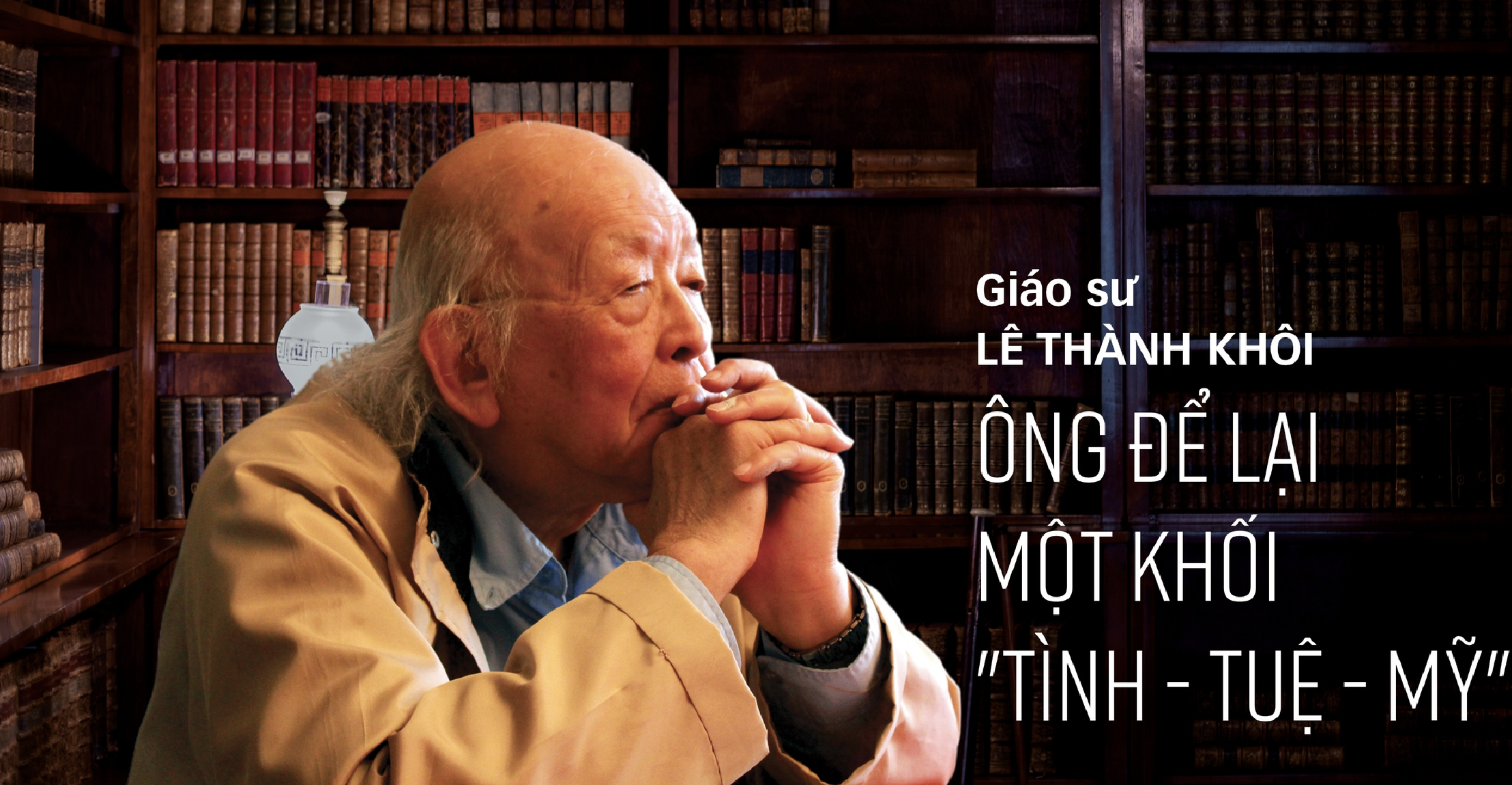


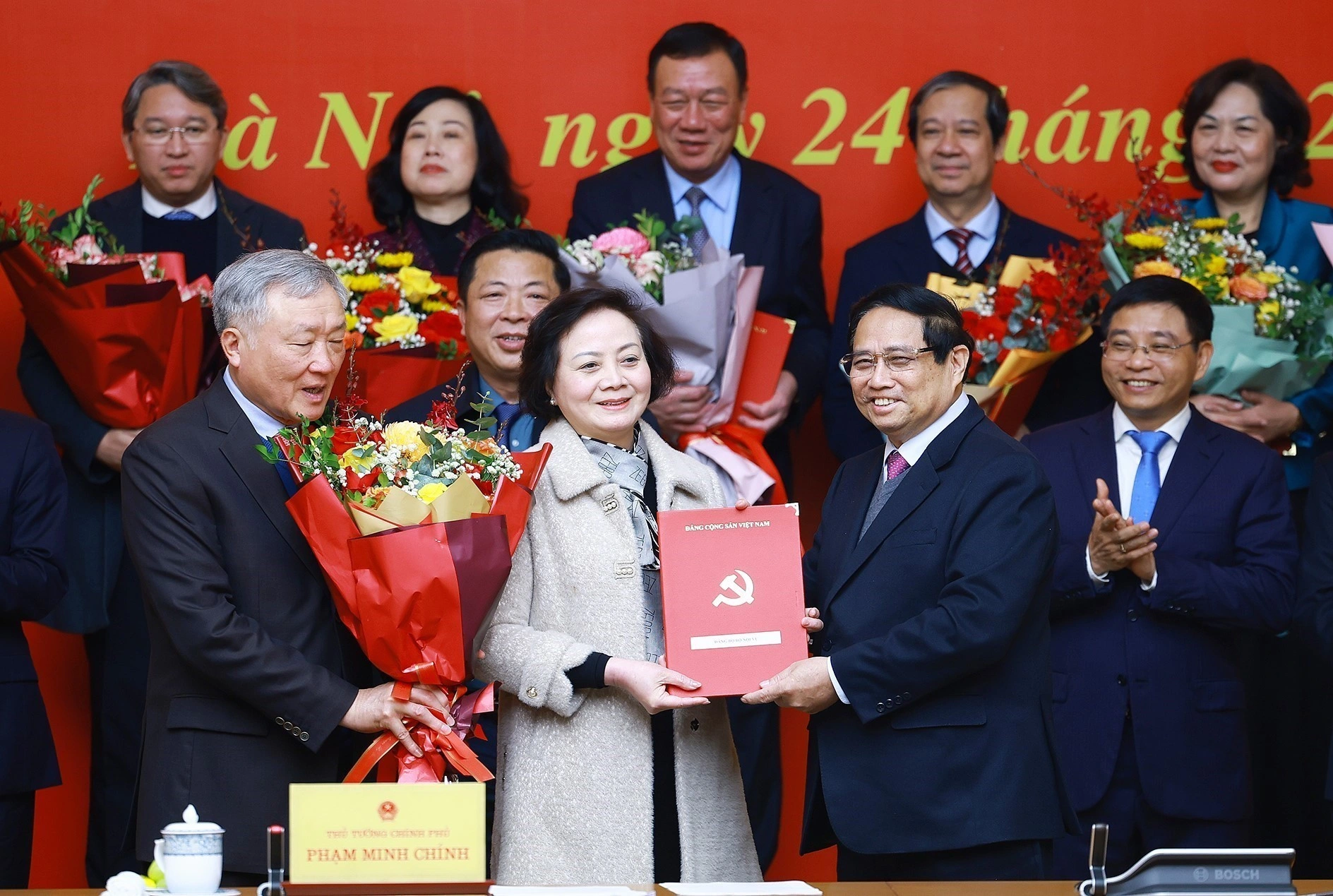
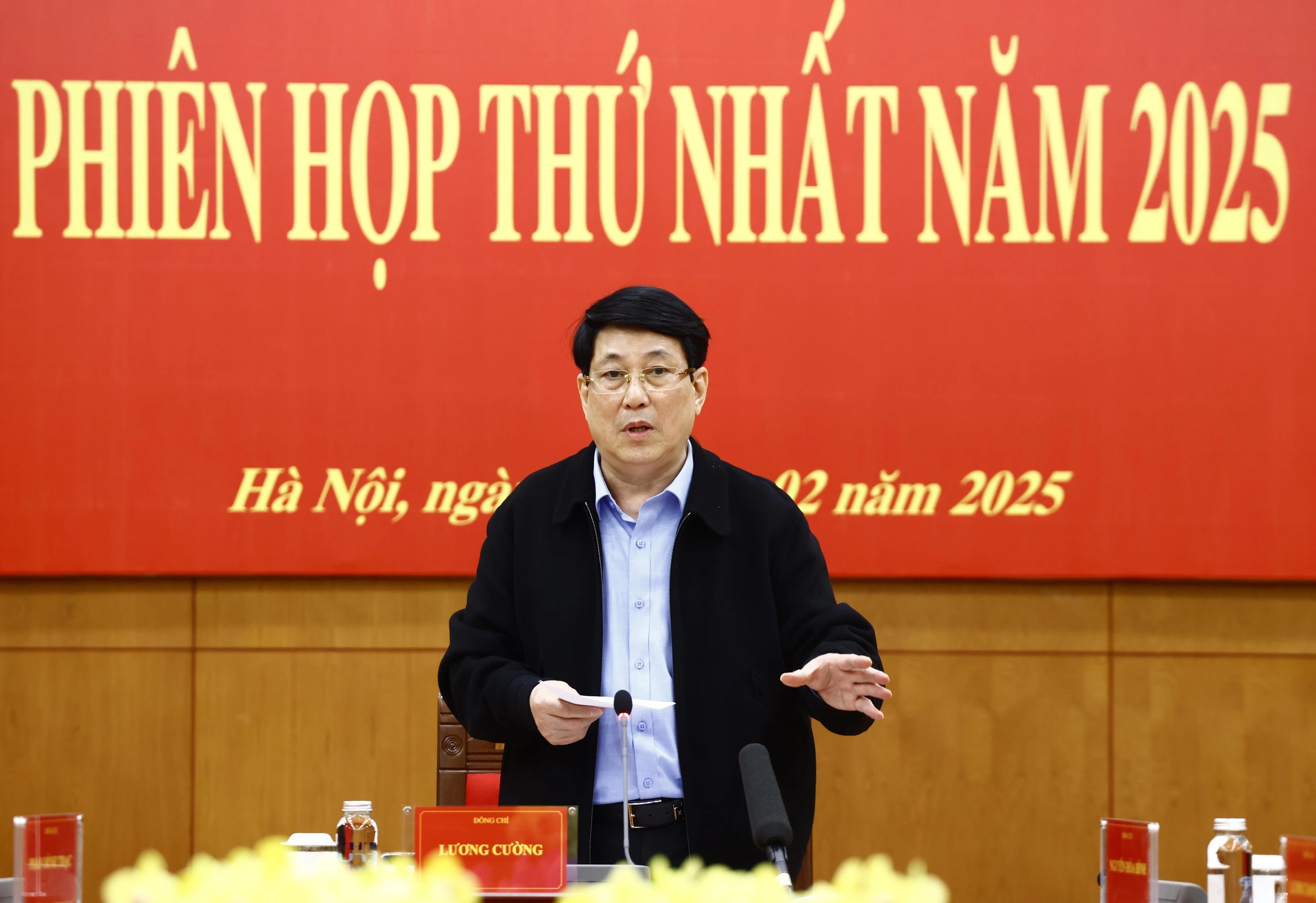


















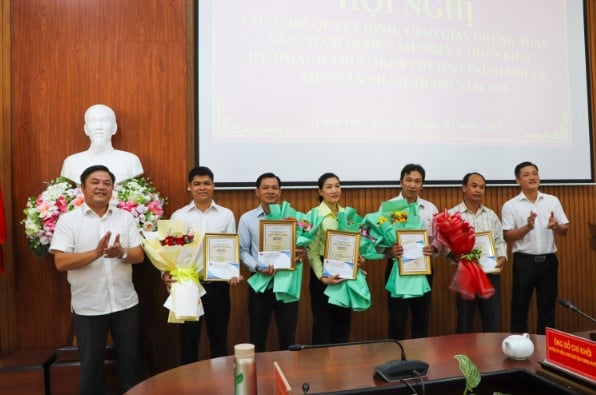

Comment (0)